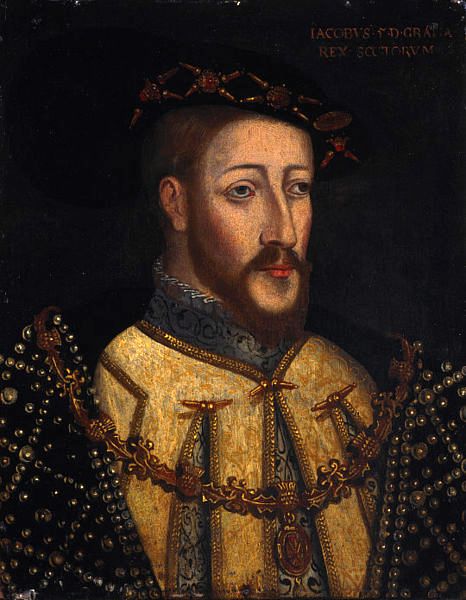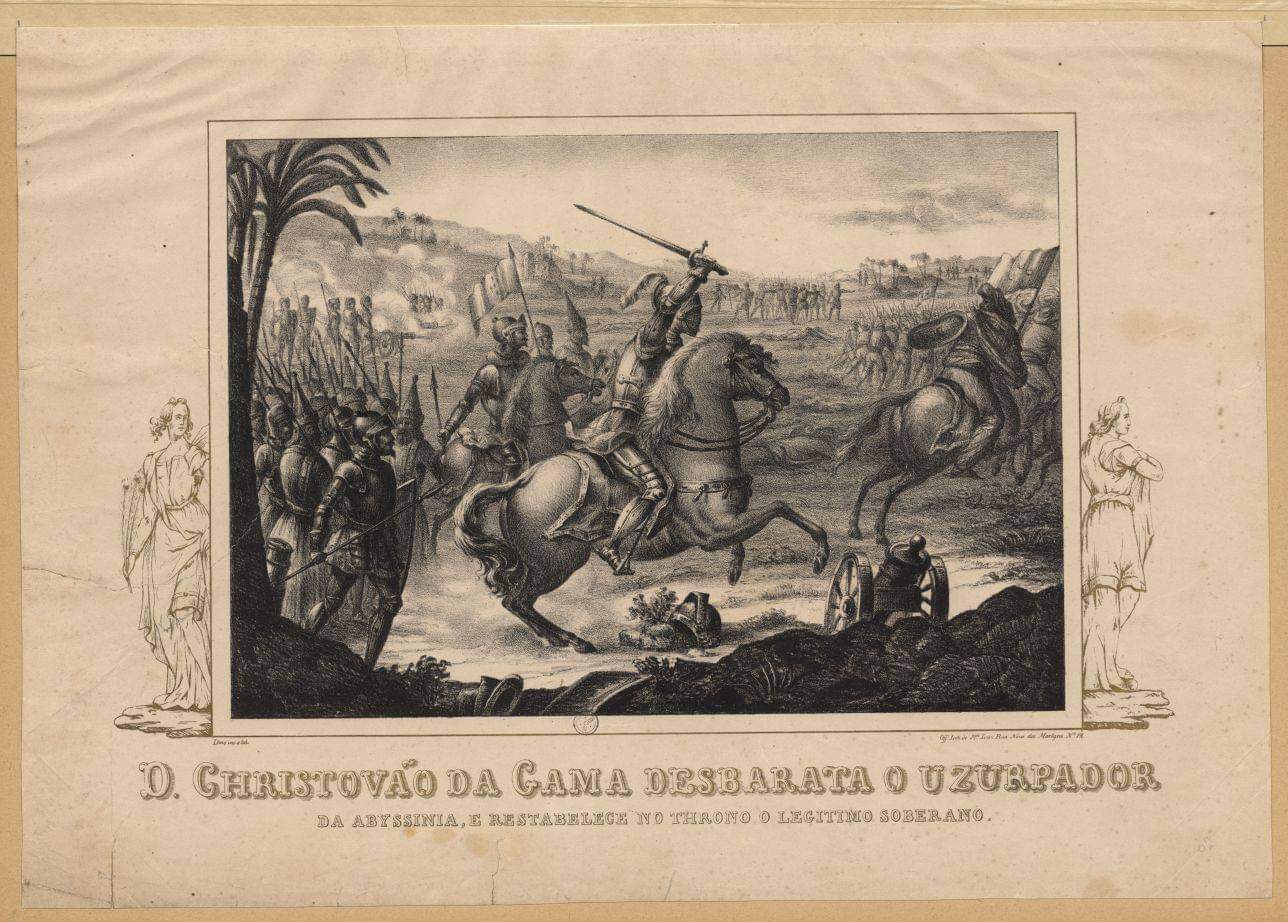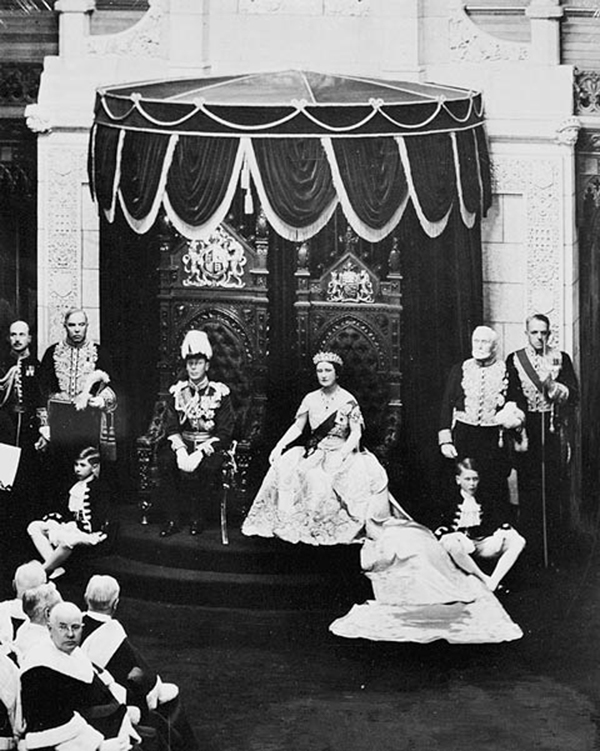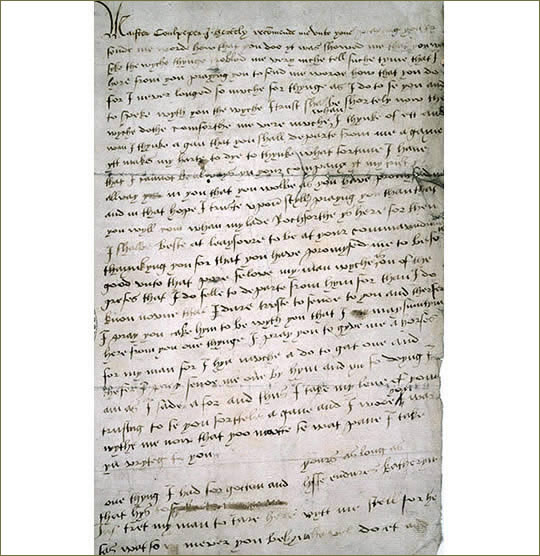|
1542
__NOTOC__ Year 1542 ( MDXLII) was a common year starting on Sunday of the Julian calendar. Events January–March * January 6 – In the Yucatan peninsula in Mexico, the Spanish colonists create the new town of Mérida. * January 16 – The 8th Parliament of Henry VIII assembles at Westminster after having been summoned on November 23. * January 20 – The first legislature for the Voivode of Transylvania meets at Vásárhely in the Kingdom of Hungary (now Târgu Mureș in Romania). * January 23 – Tutul-Xiu, the Mayan ruler of the Maní in Yucatán, arrives at the Spanish settlement of Merida with food supplies for the colonists and offers to assist the Spaniards in their conquest of Yucatan in return for being installed as the leading Mayan ruler in Mexico. * February 2 – Battle of Baçente: The Portuguese under Cristóvão da Gama capture a Muslim-occupied hillfort in northern Ethiopia. * February 13 – Catherine Howard, unt ... [...More Info...] [...Related Items...] OR: [Wikipedia] [Google] [Baidu] |
Catherine Howard
Catherine Howard ( – 13 February 1542) was Queen of England from July 1540 until November 1541 as the fifth wife of King Henry VIII. She was the daughter of Lord Edmund Howard and Joyce Culpeper, a first cousin to Anne Boleyn (the second wife of Henry VIII), and the niece of Thomas Howard, 3rd Duke of Norfolk. Thomas Howard was a prominent politician at Henry's court. He secured her a place in the household of Henry's fourth wife, Anne of Cleves, where Howard caught the King's interest. She married him on 28 July 1540 at Oatlands Palace in Surrey, just 19 days after the annulment of his marriage to Anne. Henry was 49, and it is widely accepted that Catherine was about 17 at the time of her marriage to Henry VIII. Catherine was stripped of her title as queen in November 1541 and beheaded three months later on the grounds of treason for committing adultery with her distant cousin, Thomas Culpeper. Ancestry Catherine was a granddaughter of Thomas Howard, 2nd Duke of Nor ... [...More Info...] [...Related Items...] OR: [Wikipedia] [Google] [Baidu] |
Battle Of Baçente
The Battle of Baçente was fought on February 2, 1542, when a Portugal, Portuguese army under Cristóvão da Gama took a hillfort held by Adal Sultanate, Adalite forces in northern Ethiopia. The Portuguese suffered minimal casualties, while the defenders were reportedly all killed. Queen Seble Wongel (likely justifiably) advised against this attack, arguing that Gama should wait until her son the Emperor of Ethiopia, Emperor Gelawdewos of Ethiopia, Gelawdewos could march north from Shewa and join the Portuguese due to Ahmed Gragn having known of them. However, Gama was concerned that if he marched around this Muslim-held strongpoint, the local peasantry would be disappointed and stop providing supplies for his troops. After a probing attack to learn the defenders' defences, which Queen Sabla Wengel initially mistook for a defeat, Gama ordered an attack from three sides directions on the following day. The defenders were annihilated, with negligible losses to the Portuguese. Nine ... [...More Info...] [...Related Items...] OR: [Wikipedia] [Google] [Baidu] |
Guadalajara
Guadalajara ( ; ) is the capital and the most populous city in the western Mexican List of states of Mexico, state of Jalisco, as well as the most densely populated municipality in Jalisco. According to the 2020 census, the city has a population of 1,385,629 people, making it the 8th most populous city in Mexico, while the Guadalajara metropolitan area has a population of 5,268,642, making it the Metropolitan areas of Mexico#List of metropolitan areas in Mexico by population, third-largest metropolitan area in the country and the List of metropolitan areas in the Americas, twenty-second largest metropolitan area in the Americas. Guadalajara has the second-highest population density in Mexico with over 10,361 people per km2, surpassed only by Mexico City. Within Mexico, Guadalajara is a center of business, arts and culture, technology and tourism; as well as the economic center of the Bajío region. It usually ranks among the 100 most productive and globally competitive cities in t ... [...More Info...] [...Related Items...] OR: [Wikipedia] [Google] [Baidu] |
Mérida, Yucatán
Mérida (, ) is the capital of the List of states of Mexico, Mexican state of Yucatán, and the largest city in southeastern Mexico. The city is also the seat of the Mérida Municipality, eponymous municipality. It is located slightly inland from the northwest corner of the Yucatán Peninsula, about from the coast of the Gulf of Mexico. In 2020, it had a population of 921,770 while its metropolitan area, which also includes the cities of Kanasín and Umán, had a population of 1,316,090. Mérida is also the cultural and financial capital of the Yucatán Peninsula. The city's rich cultural heritage is a product of the syncretism of the Maya civilization, Maya and Culture of Spain, Spanish cultures during the colonial era. The Cathedral of Mérida, Yucatán was built in the late 16th century with stones from Ti'ho, nearby Maya ruins and is the oldest cathedral in the mainland Americas. The city has the third largest old town district on the continent. It was the first city to be n ... [...More Info...] [...Related Items...] OR: [Wikipedia] [Google] [Baidu] |
Cristóvão Da Gama
Cristóvão da Gama ( 1516 – 29 August 1542), anglicised as Christopher da Gama, was a Portugal, Portuguese military commander who led a Portuguese army of 400 musketeers to assist Ethiopia that faced Islamic Jihad from the Adal Sultanate led by Imam Ahmad ibn Ibrahim al-Ghazi. He, along with the allied Ethiopian army, was victorious against Adal forces in four battles, but he was seriously wounded in his last Battle of Wofla, battle and was captured, tortured, and executed by Imam Ahmad ibn Ibrahim al-Ghazi, Ahmad. Richard Francis Burton, Richard Burton, in his ''First Footsteps in East Africa'', referred to Gama as "the most chivalrous soldier of a chivalrous age". Early career Cristóvão (or Christopher) da Gama was the son of navigator Vasco da Gama and the younger brother of Estêvão da Gama (16th century), Estêvão da Gama. He first went to India in 1532 with his brother, returned to Portugal in 1535, and then joined Garcia de Noronha in sailing to Daman and Diu, Di ... [...More Info...] [...Related Items...] OR: [Wikipedia] [Google] [Baidu] |
February 13
Events Pre-1600 * 962 – Emperor Otto I, Holy Roman Emperor, Otto I and Pope Pope John XII, John XII co-sign the ''Diploma Ottonianum'', recognizing John as ruler of Rome. *1258 – Siege of Baghdad (1258), Siege of Baghdad: Hulegu Khan, a prince of the Mongol Empire, orders his army to sack and plunder the city of Baghdad, which they had just captured. *1322 – The central tower of Ely Cathedral falls on the night of 12th–13th. *1352 – War of the Straits: The Battle of the Bosporus is fought in a stormy sea into the night between the Genoese, Venetian, Aragonese, and Byzantine fleets. *1462 – The Treaty of Westminster (1462), Treaty of Westminster is finalised between Edward IV of England and the Scottish Lord of the Isles. *1503 – Challenge of Barletta: Tournament between 13 Italian and 13 French knights near Barletta. *1542 – Catherine Howard, the fifth wife of Henry VIII of England, is executed for adultery. 1601–1900 *1633 &nda ... [...More Info...] [...Related Items...] OR: [Wikipedia] [Google] [Baidu] |
February 15
Events Pre-1600 * 438 – Roman emperor Theodosius II publishes the law codex Codex Theodosianus * 590 – Khosrau II is crowned king of Persia. * 706 – Byzantine emperor Justinian II has his predecessors Leontios and Tiberios III publicly executed in the Hippodrome of Constantinople. * 1002 – At an assembly at Pavia of Lombard nobles, Arduin of Ivrea is restored to his domains and crowned King of Italy. * 1113 – Pope Paschal II issues '' Pie Postulatio Voluntatis'', recognizing the Order of Hospitallers. * 1214 – During the Anglo-French War (1213–1214), an English invasion force led by John, King of England, lands at La Rochelle in France. * 1493 – While on board the '' Niña'', Christopher Columbus writes an open letter (widely distributed upon his return to Portugal) describing his discoveries and the unexpected items he came across in the New World. 1601–1900 * 1637 – Ferdinand III becomes Holy Roman Emper ... [...More Info...] [...Related Items...] OR: [Wikipedia] [Google] [Baidu] |
Royal Assent
Royal assent is the method by which a monarch formally approves an act of the legislature, either directly or through an official acting on the monarch's behalf. In some jurisdictions, royal assent is equivalent to promulgation, while in others that is a separate step. Under a modern constitutional monarchy, royal assent is considered little more than a formality. Even in nations such as the United Kingdom, Norway, the Netherlands, Liechtenstein and Monaco which still, in theory, permit their monarch to withhold assent to laws, the monarch almost never does so, except in a dire political emergency or on advice of government. While the power to veto by withholding royal assent was once exercised often by European monarchs, such an occurrence has been very rare since the eighteenth century. Royal assent is typically associated with elaborate ceremony. In the United Kingdom the Sovereign may appear personally in the House of Lords or may appoint Lords Commissioners, who anno ... [...More Info...] [...Related Items...] OR: [Wikipedia] [Google] [Baidu] |
Thomas Culpeper
Thomas Culpeper ( – 10 December 1541) was an English courtier and close friend of Henry VIII, and was related to two of his queens, Anne Boleyn and Catherine Howard. He is known to have had many private meetings with Catherine during her marriage, though these may have involved political intrigue rather than sex. A letter to him was found, written by Queen Catherine and signed, "Yours as long as life endures." Accused of adultery with Henry's young consort, Culpeper denied it and blamed the Queen for the situation, saying that he had tried to end his friendship with her, but that she was "dying of love for him". Eventually, Culpeper admitted that he intended to sleep with the queen, though he never admitted to having actually done so. Early life Thomas Culpeper was the second of the three sons of Alexander Culpeper (d. 1541) of Bedgebury in Kent, and his second wife, Constance Harper. His elder brother, also named Thomas, was a client of Thomas Cromwell.Retha M. Warnick ... [...More Info...] [...Related Items...] OR: [Wikipedia] [Google] [Baidu] |
Bill Of Attainder
A bill of attainder (also known as an act of attainder, writ of attainder, or bill of pains and penalties) is an act of a legislature declaring a person, or a group of people, guilty of some crime, and providing for a punishment, often without a trial. As with attainder resulting from the normal judicial process, the effect of such a bill is to nullify the targeted person's civil rights, most notably the right to own property (and thus pass it on to heirs), the right to a title of nobility, and, in at least the original usage, the right to life itself. In the history of England, the word "attainder" refers to people who were declared "attainted", meaning that their civil rights were nullified: they could no longer own property or pass property to their family by will or testament. Attainted people would normally be punished by execution (legal), judicial execution, with the property left behind escheated to the Crown or lord rather than being inherited by family. The first use of ... [...More Info...] [...Related Items...] OR: [Wikipedia] [Google] [Baidu] |
Maya People
Maya () are an ethnolinguistic group of Indigenous peoples of the Americas, Indigenous peoples of Mesoamerica. The ancient Maya civilization was formed by members of this group, and today's Maya are generally descended from people who lived within that historical region. Today they inhabit southern Mexico, Guatemala, Belize, and westernmost El Salvador, Honduras, and the northernmost Nicaragua. "Maya" is a modern collective term for the peoples of the region; however, the term was not historically used by the Indigenous populations themselves. There was no common sense of identity or political unity among the distinct populations, societies and ethnic groups because they each had their own particular traditions, cultures and historical identity. It is estimated that seven million Maya were living in this area at the start of the 21st century. Guatemala, southern Mexico and the Yucatán Peninsula, Belize, El Salvador, western Honduras, and northern Nicaragua have managed to ma ... [...More Info...] [...Related Items...] OR: [Wikipedia] [Google] [Baidu] |
Voivode Of Transylvania
The Voivode of Transylvania (;Fallenbüchl 1988, p. 77. ;Zsoldos 2011, p. 36. ; ) was the highest-ranking official in Transylvania within the Kingdom of Hungary from the 12th century to the 16th century. Appointed by the King of Hungary, monarchs, the voivodesthemselves also the heads or ''ispáns'' of Fehér County (former), Fehér Countywere the superiors of the ''ispáns'' of all the other County (Kingdom of Hungary), counties in the province. They had wide-ranging administrative, military and judicial powers, but their jurisdiction never covered the whole province. The Transylvanian Saxons, Saxon and Székelys, Székely communitiesorganized into their own districts or "Seat (territorial-administrative unit), seats" from the 13th centurywere independent of the voivodes. The kings also exempted some Transylvanian towns and villages from their authority over the centuries. Even so, the Voivodeship of Transylvania "was the largest single administrative entity"Je ... [...More Info...] [...Related Items...] OR: [Wikipedia] [Google] [Baidu] |






